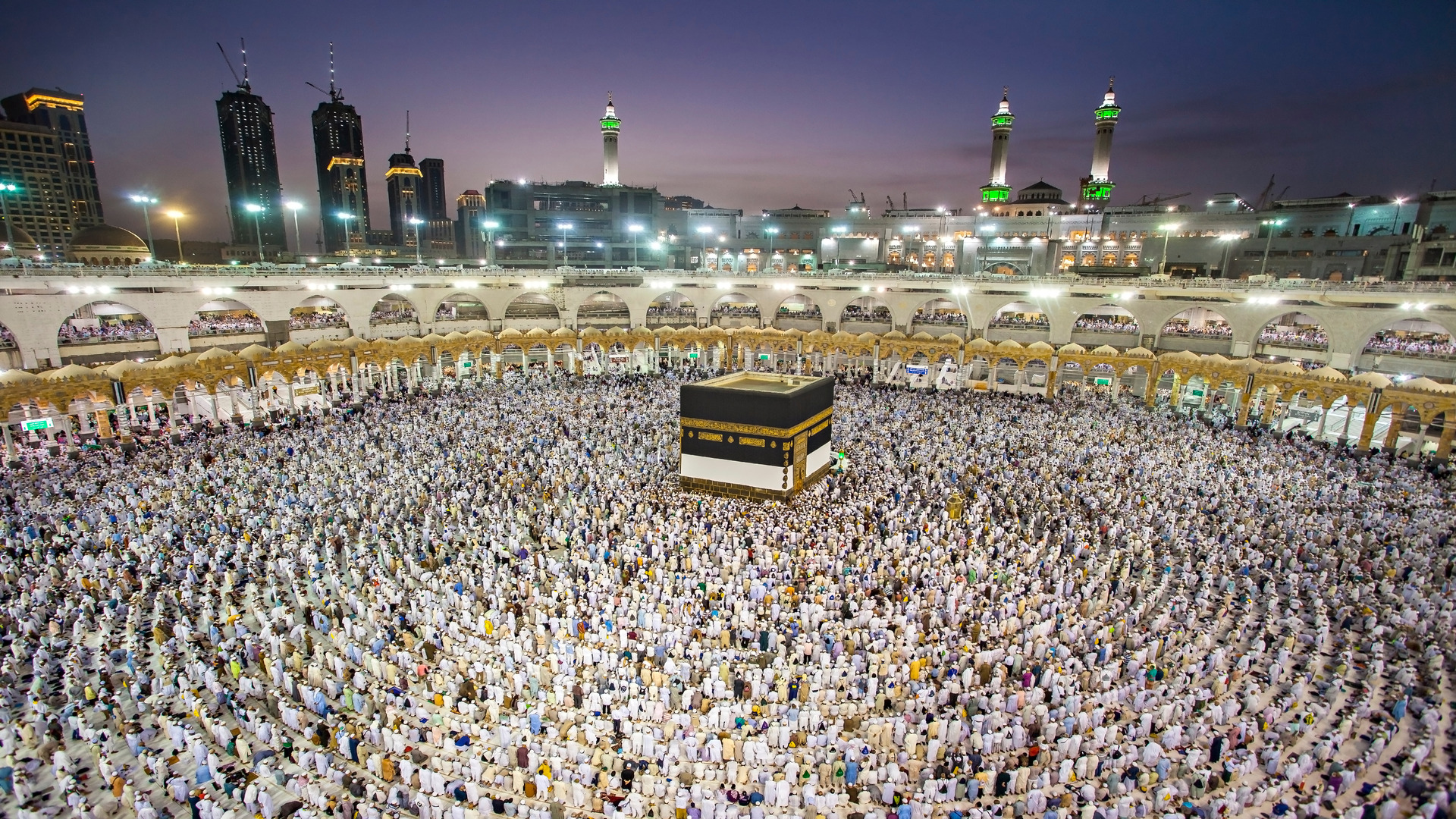
Tawaf is a fundamental ritual in Islam, performed during Umrah and Hajj pilgrimages. It involves circumambulating the Kaaba, the holy cube-shaped building in Makkah, seven times in a counterclockwise direction.
Significance of Tawaf
- Declaration of Unity: Tawaf symbolizes the unity and oneness of Allah, as pilgrims gather from diverse backgrounds to orbit the Kaaba.
- Remembrance of Ibrahim (AS): Tawaf commemorates the actions of Prophet Ibrahim (AS), who built the Kaaba with his son Ismail (AS).
- Purification and Forgiveness: Tawaf is believed to purify the soul and seek forgiveness for past sins.
- Spiritual Connection: The ritual helps pilgrims establish a spiritual connection with Allah, the Kaaba, and the Islamic community.
- Equality and Humility: Tawaf promotes equality and humility, as pilgrims from all walks of life come together, shedding their worldly distinctions.
- Preparation for Akhirah: Tawaf serves as a reminder of the Day of Judgment, when all souls will be gathered before Allah.

Etiquette and Sunnah of Tawaf:
- Perform Tawaf with a clean body and clothes.
- Face the Kaaba and make the intention for Tawaf.
- Start Tawaf from the Black Stone (Hajar al-Aswad).
- Perform Tawaf seven times, with each circuit starting and ending at the Black Stone.
- Recite prayers and supplications during Tawaf, such as the Tawaf prayer and the Talbiyah.
By understanding the significance and etiquette of Tawaf, pilgrims can enhance their spiritual experience and reap the rewards of this sacred ritual.
;More Travel News
-
 15-Mar-2022Umrah Rules for Children
15-Mar-2022Umrah Rules for Children -
 20-Apr-2025Apply Early for Schengen Visa to Avoid Summer Delays
20-Apr-2025Apply Early for Schengen Visa to Avoid Summer Delays -
 16-May-2024This Summer let us Help You to Plan a Wonderful Vacation in the Northern Areas
16-May-2024This Summer let us Help You to Plan a Wonderful Vacation in the Northern Areas -
 14-Nov-2019Why Kaaba is Covered with the Black Cloth
14-Nov-2019Why Kaaba is Covered with the Black Cloth -
 17-Jan-2023Eligibility Regarding Pakistani Citizens having U.S Visa
17-Jan-2023Eligibility Regarding Pakistani Citizens having U.S Visa -
 08-May-2019Choose the Perfect City According to Your Mood
08-May-2019Choose the Perfect City According to Your Mood -
 05-Oct-2022New UAE Visit Visa Rules 2022 Encourage Tourists And Professionals To Stay Longer
05-Oct-2022New UAE Visit Visa Rules 2022 Encourage Tourists And Professionals To Stay Longer -
 06-Aug-20242 in 1 Package? Aima Baig Performs in Concert and Then Performs Umrah
06-Aug-20242 in 1 Package? Aima Baig Performs in Concert and Then Performs Umrah
